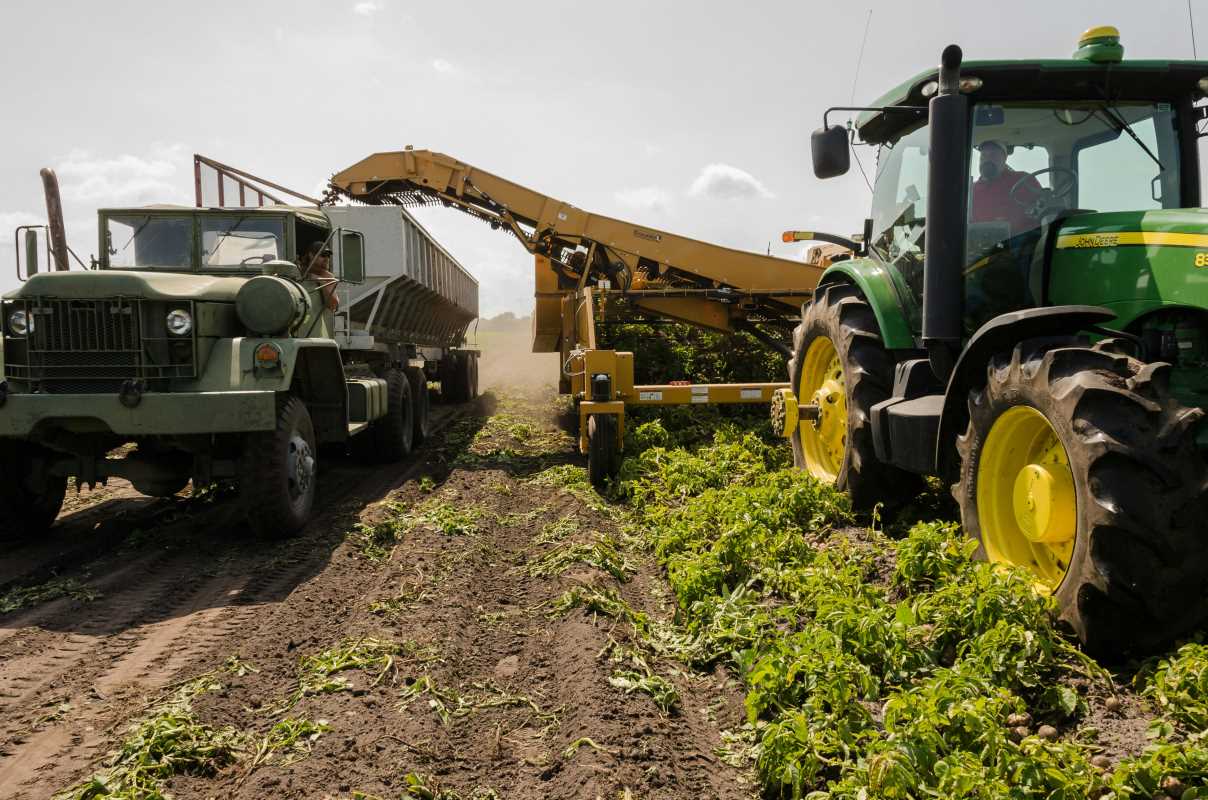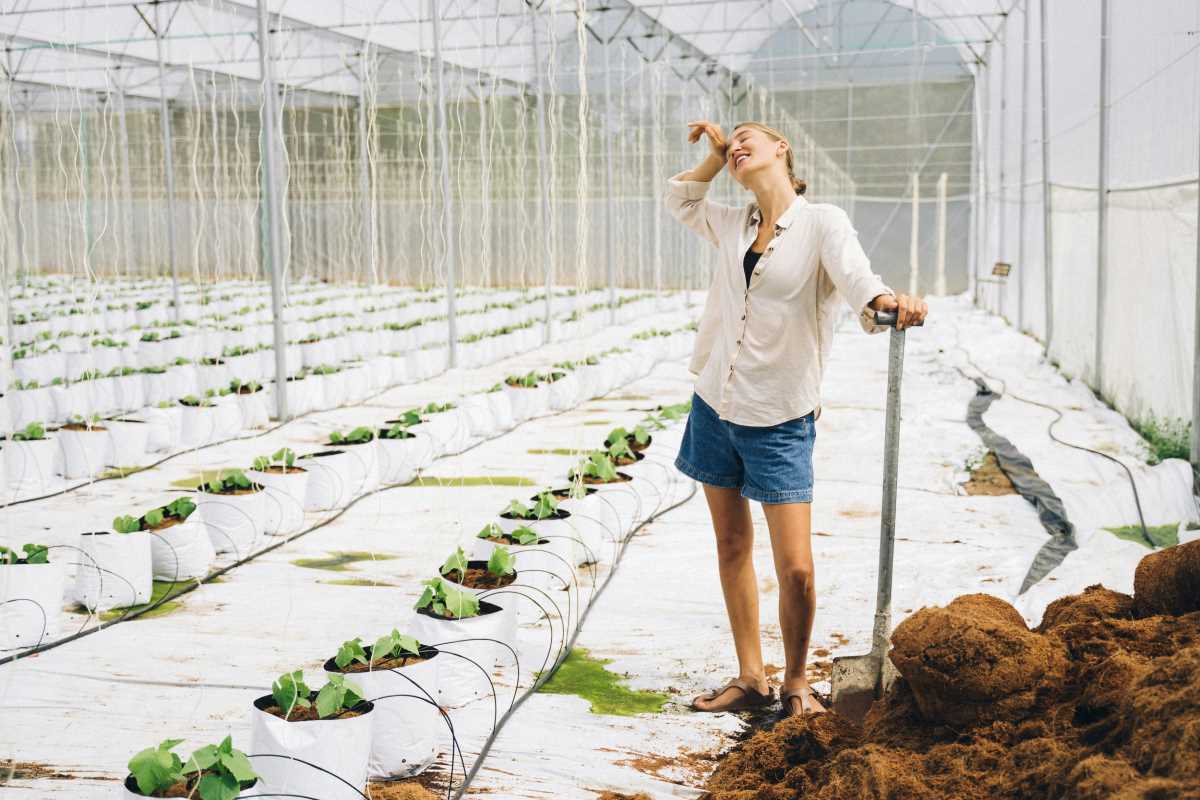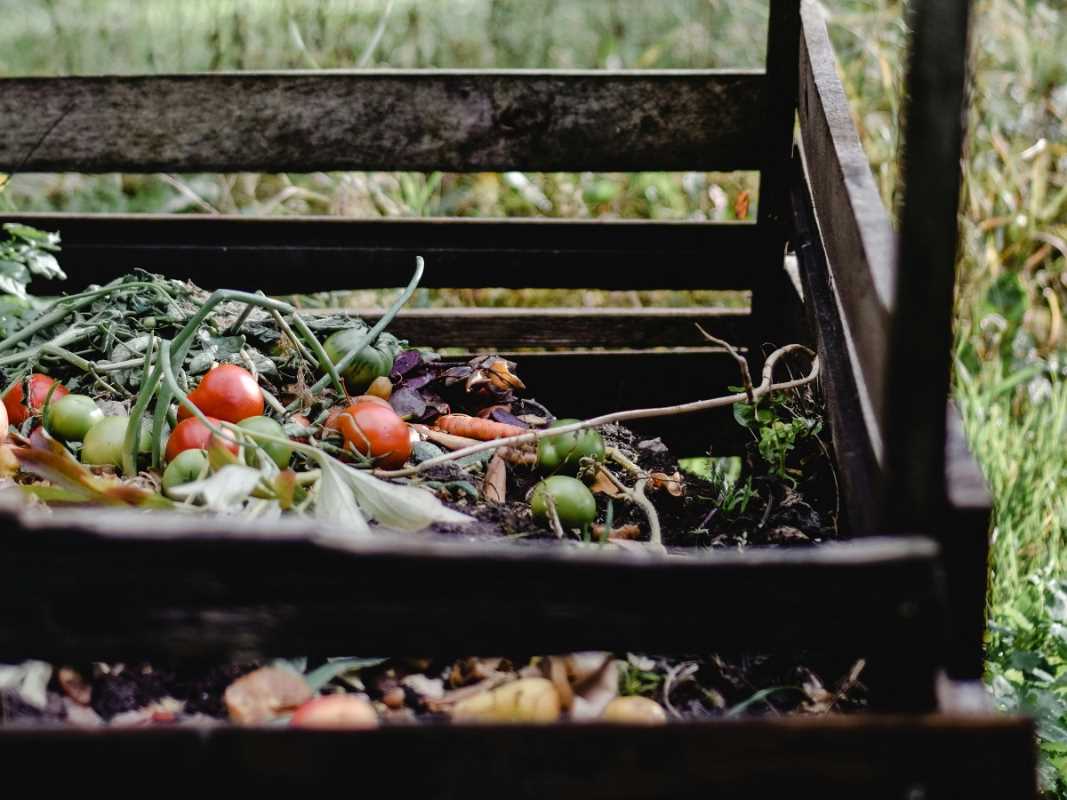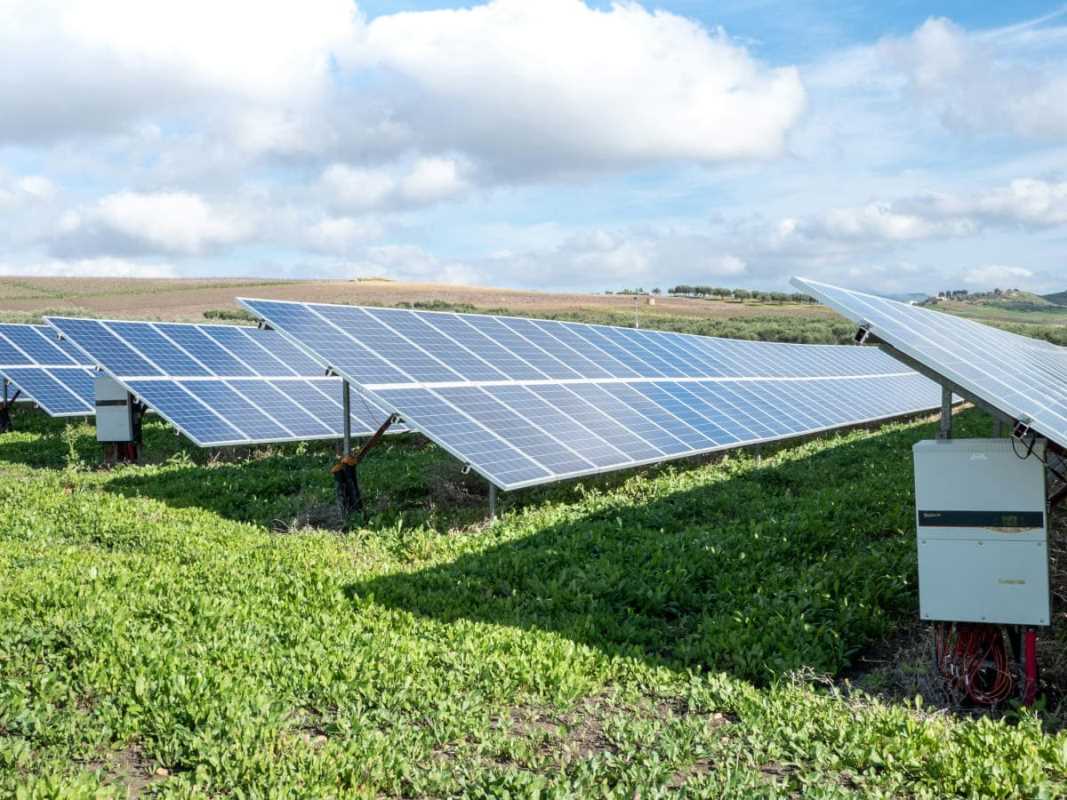Smart machines now take on the toughest gardening tasks, eliminating the long, tiring hours spent weeding between rows of tomatoes and peppers. Advanced systems monitor soil health, recognize unwanted plants, and remove them with accuracy, ensuring your crops stay safe and untouched. With this technology, tending several acres becomes a manageable chore rather than a daunting one, freeing you from the strain of manual labor. Explore these approaches and tools designed specifically for larger gardens, each offering ways to keep your plot healthy, productive, and free of weeds with far less effort than traditional methods require.
Each solution suits situations where power, time, and fuel costs climb fast. You’ll find step-by-step tips, real-world examples, and clear action points to adapt to your patch.
1. Robotic Flamers for Targeted Weed Removal
Robotic flamers use short bursts of heat to wilt weeds on contact. They roll between rows and zap sprouts at the root. This method works best in wide aisles of potatoes, beans, or corn. It avoids chemicals and cuts back on fuel for tractors.
To deploy a flamer robot:
- Map your field in segments of 50 feet.
- Calibrate flame intensity based on soil moisture.
- Run a test pass early in the morning for best results.
For example, the WeedMaster 3000 burns off seedlings in under five seconds per plant. You can watch its live feed on a tablet. In one case, a five-acre sweet potato grower cut manual weeding time by 85% in the first month. Make sure you maintain safe distance markers and follow local burn regulations.
2. Autonomous Weeder Drones
Drones don’t just survey; they now swoop low to remove pests and weeds with micro jets of water or light mulch. They hover over broadleaf weeds, then blast them away before they spread seeds. You save time compared to walking the entire plot.
To start:
- Select a drone with a rugged frame and replaceable tanks.
- Load it with clean water or a homemade organic solution.
- Program flight paths that match crop rows at 10-foot intervals.
The AgriDrone X handles ten acres on a single charge, zapping unwanted sprouts with high-pressure air. A tomato farmer reported a 30% yield increase since weeds stopped competing for nutrients. Add soil sensors to refine spray timing based on humidity.
3. AI-Powered Weed Detection Software
Software can turn standard cameras on small tractors or drones into pinpoint weed spotters. It flags unwanted plants by leaf shape, height, and color. You get a live map of hot spots to guide a weeder machine or manual team.
Steps to implement:
- Attach a high-resolution camera to your equipment.
- Install AI software on an onboard computer or tablet.
- Train the model by labeling common weeds from your plot.
Link your sprayer or precision hoe to the software. As the tractor moves, the system marks weeds and triggers removal. Farmers using this have cut herbicide use by 70%. The AI learns daily to spot tricky weeds like crabgrass amid lettuce.
4. Solar-Powered Ground Robots
Ground robots with solar panels handle sunny fields all day. They charge during peak sunlight and fold out tines at dawn. This design suits large, open vegetable plots where power outlets sit far apart.
Key considerations:
- Choose panels rated for dusty farm conditions.
- Verify battery life under local sun hours.
- Inspect solar cells weekly for dirt build-up.
The SunWeeder Pro runs up to eight hours per charge and cuts between rows of squash or carrots. One grower in a semi-rural area used two units and reduced fuel bills by 70%. Pair them with remote monitoring apps to stay informed on coverage and energy levels.
5. Connect Weeding Robots with Irrigation Systems
You can synchronize weeding robots with your drip or sprinkler network. Robots move along pipes, clear weeds, then pause at emitters. Combining these tasks helps you save on field passes and reduces soil compaction.
Implementation steps:
- Map your irrigation layout digitally.
- Calibrate robots to follow pipe spacing.
- Set automatic watering pauses when a robot arrives.
In one case, a 10-acre pumpkin farm linked its weeder to the drip schedule. The robot finished clearing weeds just before each watering cycle. Staff observed less soil erosion and stronger root systems since the system worked in harmony.
This setup also allows seasonal adjustments. You can assign robots to focus on new plantings while leaving established rows to receive full water doses.
6. Maintenance and Safety Practices
Robots reduce your workload, but they require regular tune-ups. Check blades, cameras, and battery health. Clean sensors and update software at least monthly to prevent glitches during busy times.
Follow these safety steps:
- Set up clear boundaries with flags, fences, or GPS geofencing.
- Train anyone on your team to stop robots instantly—use kill switches.
- Inspect moving parts for wear before each session.
Keep maintenance logs on a spreadsheet or a simple app. In one rural setup, logging revealed a pattern of worn belts after 50 hours of operation. The farmer replaced them proactively and avoided costly downtime during harvest.
Always store robots in a dry shed and cover them overnight if you leave them outside. Doing so prevents corrosion and extends their lifespan across seasons.
Using tools like robotic flamers, drones, AI detection, solar power, and system integration improves precision and lowers costs. Regular maintenance and safety checks ensure these machines operate reliably over time.
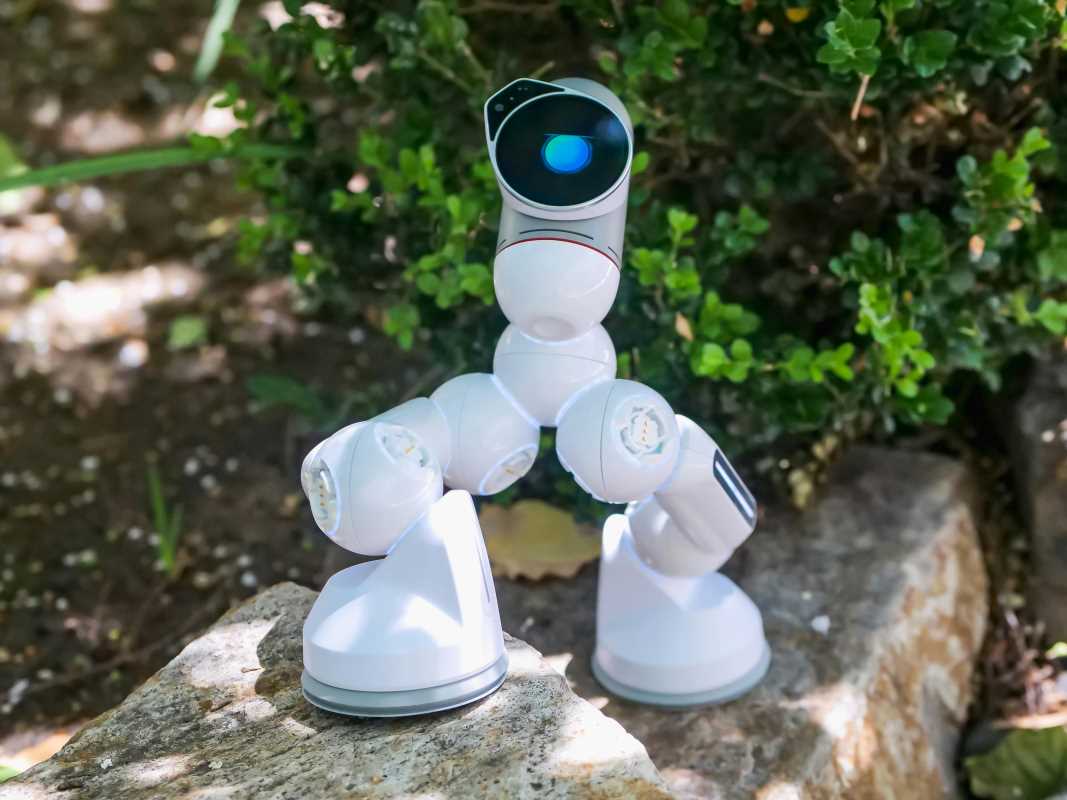 (Image via
(Image via
